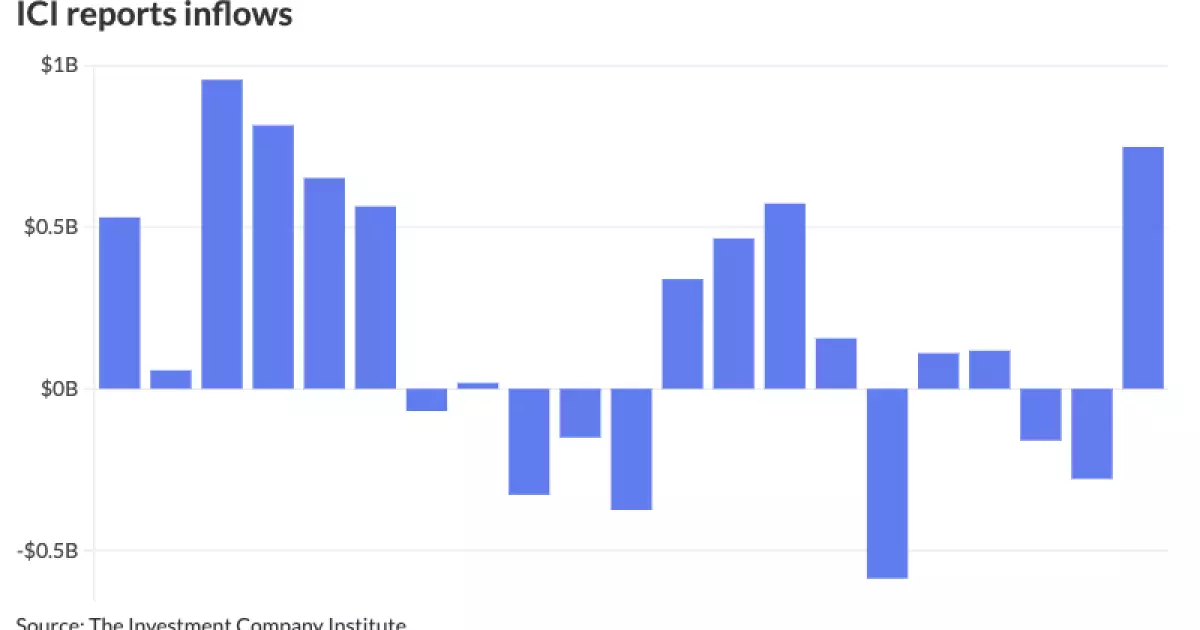The municipal market experienced little change on Wednesday, with a focus on the primary market activities that showcased a high volume of issuance from major entities such as the New York City Transitional Finance Authority and the Regents of the University of California. Additionally, the market was influenced by the performance of U.S. Treasuries and equities, indicating a mixed sentiment among investors.
The muni-to-Treasury ratios for different maturities on Wednesday reflected a range of percentages, with slight variations between different data sources. This indicates a certain level of inconsistency in market data reporting, which could lead to confusion among market participants. The fluctuating ratios might also be indicative of uncertainty in the market sentiment, as investors grapple with various economic factors.
The recent performance of the municipal market in 2024 has been described as having a “rough start,” with challenges related to total returns. Despite this, analysts believe that the worst may be over if there are no significant movements in U.S. Treasury yields. However, the market saw significant losses in April and May, highlighting the volatility and sensitivity to external factors. The subsequent recovery in June was attributed to falling rates, demonstrating the market’s responsiveness to economic trends.
Supply factors have played a crucial role in driving market weakness in the first half of the year, with a substantial volume of issuance contributing to the downward pressure on prices. The increase in both the total par amount and the number of deals reflects a robust issuance market, which can impact pricing dynamics and investor demand. The recent surge in issuance levels suggests a need for careful monitoring and evaluation of supply-side dynamics in the municipal market.
The pricing of various bond offerings from entities like the New York City Transitional Finance Authority, the Regents of the University of California, and other municipal issuers indicates the prevailing market conditions and investor appetite. The details of different tranches and series reflect the complexity of the municipal market landscape, with varying yields and call options adding layers of intricacy to investment decisions. The competitive market also witnessed significant bond sales, further underscoring the active nature of municipal market activities.
Analysts anticipate a slowdown in issuance during the second half of the year, offering a potential reprieve from the supply side. Additionally, expectations of rate cuts by the Federal Reserve could provide a boost to the muni market, presenting opportunities for improved performance. Despite these positive indications, the upcoming election remains a wildcard that could introduce further volatility and uncertainty into the market. The challenge of low relative yields and supply-demand imbalances persists, requiring a cautious approach to investment strategies in the municipal market.
The municipal market has experienced a mix of challenges and opportunities, reflected in the recent primary market activities and performance trends. As investors navigate through a landscape of changing economic conditions and market dynamics, a critical analysis of supply factors, pricing mechanisms, and future prospects is essential for informed decision-making. By closely monitoring market developments and staying attuned to key indicators, market participants can navigate the complexities of the municipal market with greater confidence and strategic insight.

